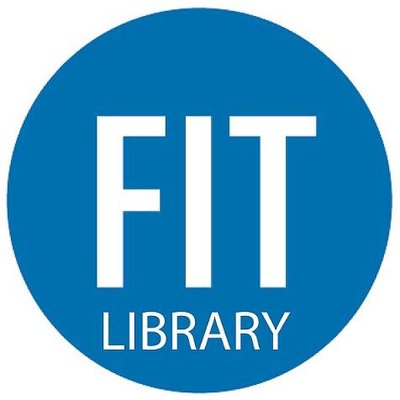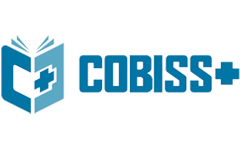Prediction of Playing Ability of Tamil Nadu Handball Players in Relation to their Motor Ability and Kinthropometric Variables of Handball Players
DOI:
https://doi.org/10.61841/njn7vx34Keywords:
Kinthropometric Variables, Fundamentals Skills, Motor Ability and Anthropometric VariablesAbstract
The purpose of the study is to find out the prediction of playing ability of Tamil Nadu handball players in relation to their motor ability and kinthropometric variables. A total of 120 subjects are selected randomly from Tamil Nadu. In the modern world. The individual characteristics may include any thoughts pertaining to the need of the game, and in the case of handball, the motor ability and anthropometric variables have no place and match for higher a many the individual characteristics each individual or team that participates in any sports events wants to win because society attracts great significance of winning. Handball being a running dribbled game, the game gained popularity and spread all over the world, and having various fundamental skills needs the factors that relate to the development of health and increase functional capacity of the body, which contributes to the successful performance of fundamental skills in handball. This will also be helpful in general in developing means of handball players and the game of handball. The results of the study set a general trend of the improvements in overall handball playing ability according to their level of competitions
Downloads
References
1. Clarke H.H. (1966). Education and Physical Fitness Res. Digest.
2. Cripriano, Char (1988). The Gymnast Body. International Gymnast I.TS. pp. 10-12.
3. Easter T.K. and LBC Rose W.D. (1968). Physical fitness of champion athlete urban University of Illinois Press.
4. Encyclopedia Britannica (1989). Faber and Faber London, Prentice Hall INC, London, 4th vol. 16-17.
5. Fulenshima Sho (1990). Physical Conditioning: A Review International Gymnastics, pp. 57-59. Harold M. Barrow and Mcgee (1971). A Practical Approach to Measurement in Physical Education, IInd Ed.
6. Harre D (1979). Principal of Sports Training Sports Verleg Berlin, pp. 180. Harre D. (1982), Principal of Sports Training Berlin & Sports Verleg.
7. Hirata K. (1966). Physique and Age of Tokyo Olympic Champion J. Sports Med. And Phy. 6 pp. 207-222.
8. Johan Harlod E. (1982). The relationship of strength to physique Aner. J. Phys. Anthrop. f5: f29-30.
9. Johen Good Body (1982). The illustrated History of Gymnastics, London Standly Paul, p. 13.
10. Mathew J.L. and E. Colley (1984), Size and Somatotype Correlates of Strength and Physiological Performance in Adult Male Studies, Australian Journal of Science and Medicine in Sports 16: 26.
11. Sidhu LS and Anand S. (1971). A comparative study of some anthropometric variables and subcutaneous tissue folds in athletes and non-athletes Punjabi adults SNIPES Journal 5, pp. 30-34.
12. Sodhi H.S. (1991). Sports anthropometry, Mohali, ANOVA Publication, pp. 9–20.
Downloads
Published
Issue
Section
License
Copyright (c) 2020 AUTHOR

This work is licensed under a Creative Commons Attribution 4.0 International License.
You are free to:
- Share — copy and redistribute the material in any medium or format for any purpose, even commercially.
- Adapt — remix, transform, and build upon the material for any purpose, even commercially.
- The licensor cannot revoke these freedoms as long as you follow the license terms.
Under the following terms:
- Attribution — You must give appropriate credit , provide a link to the license, and indicate if changes were made . You may do so in any reasonable manner, but not in any way that suggests the licensor endorses you or your use.
- No additional restrictions — You may not apply legal terms or technological measures that legally restrict others from doing anything the license permits.
Notices:
You do not have to comply with the license for elements of the material in the public domain or where your use is permitted by an applicable exception or limitation .
No warranties are given. The license may not give you all of the permissions necessary for your intended use. For example, other rights such as publicity, privacy, or moral rights may limit how you use the material.
















